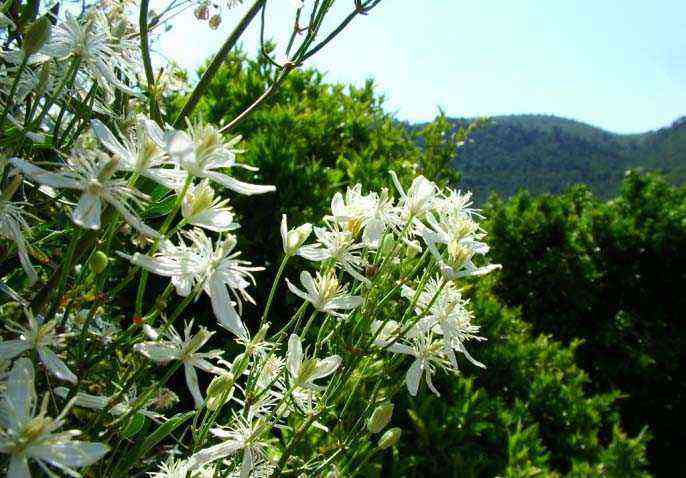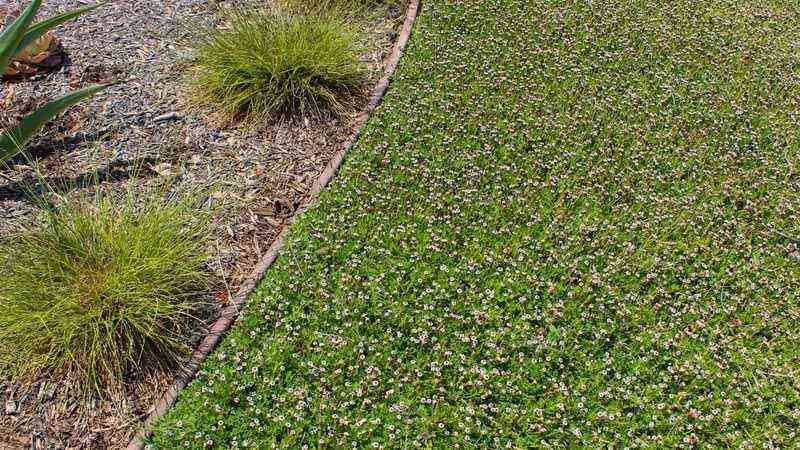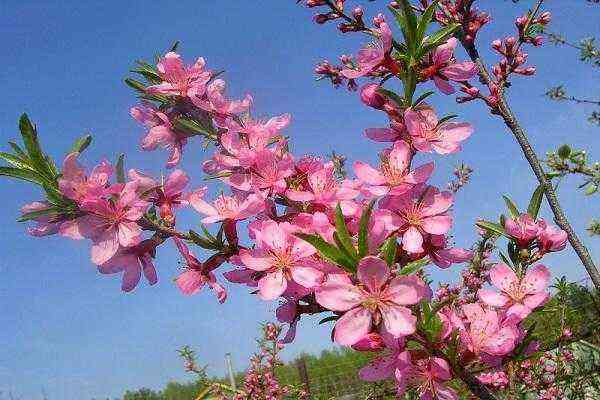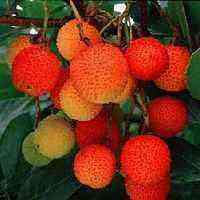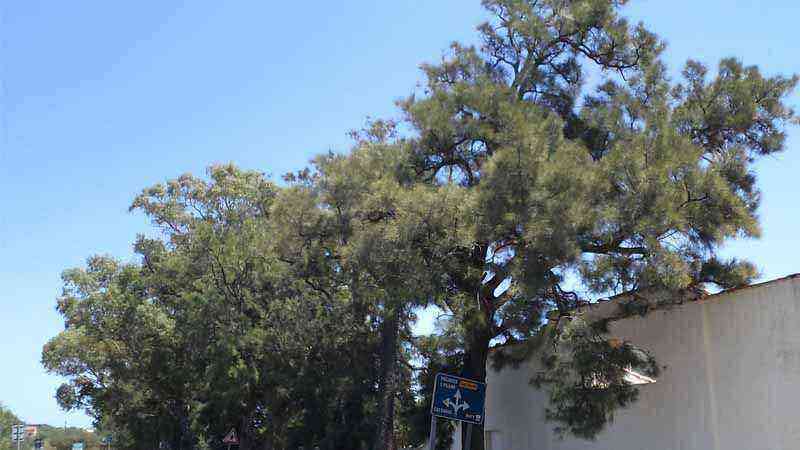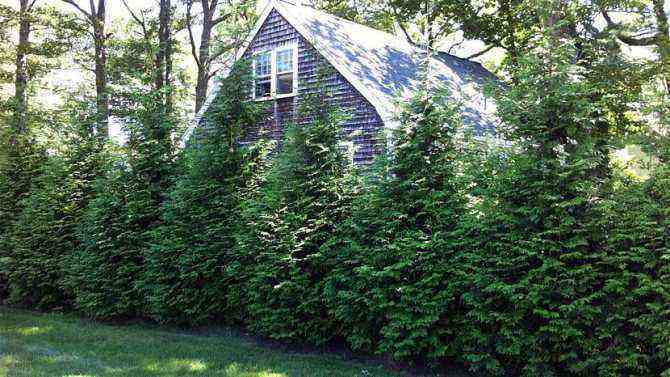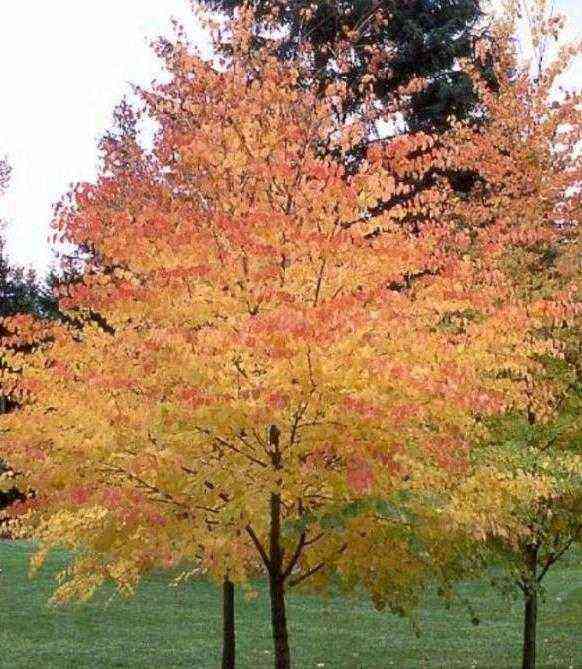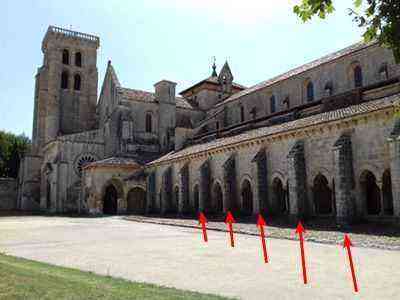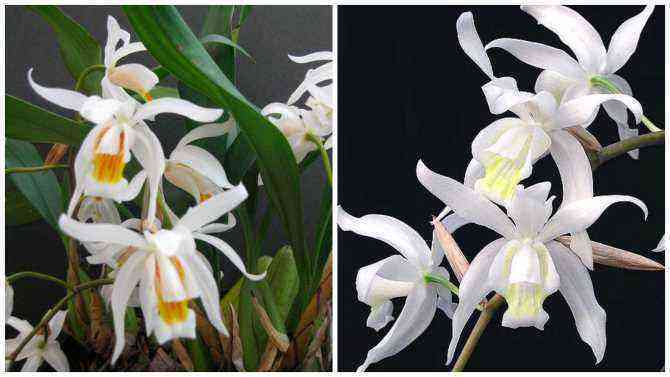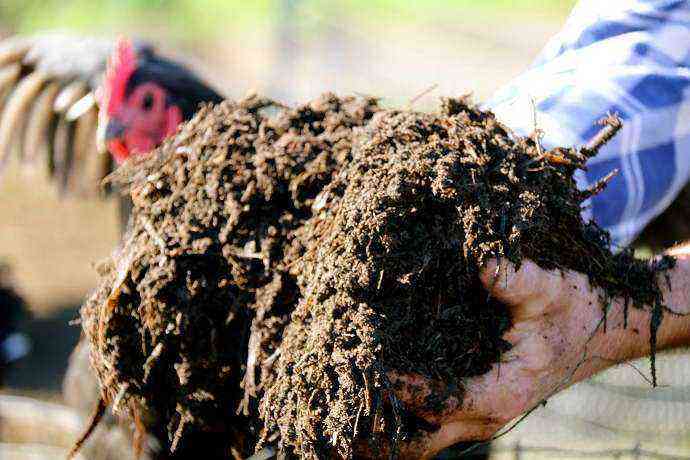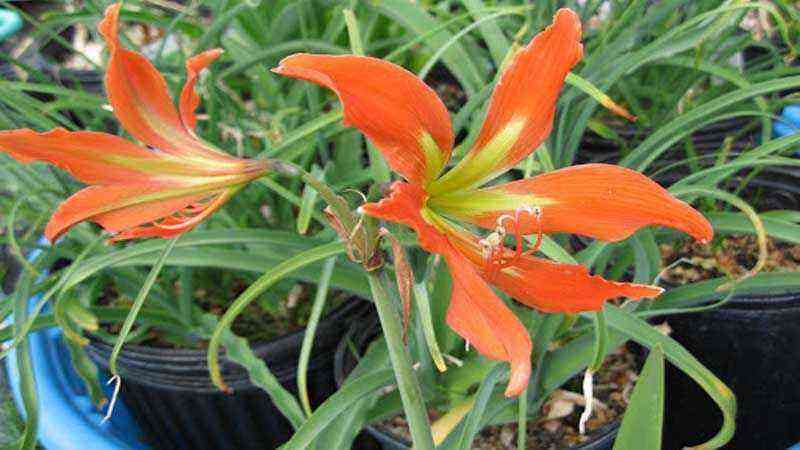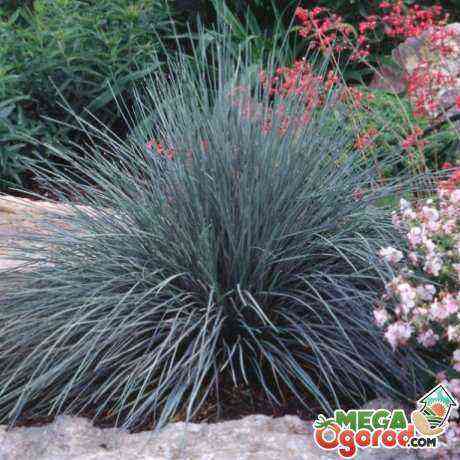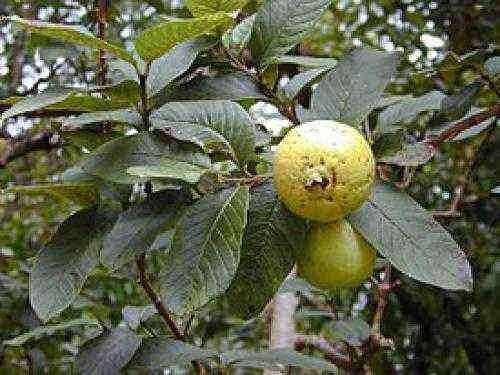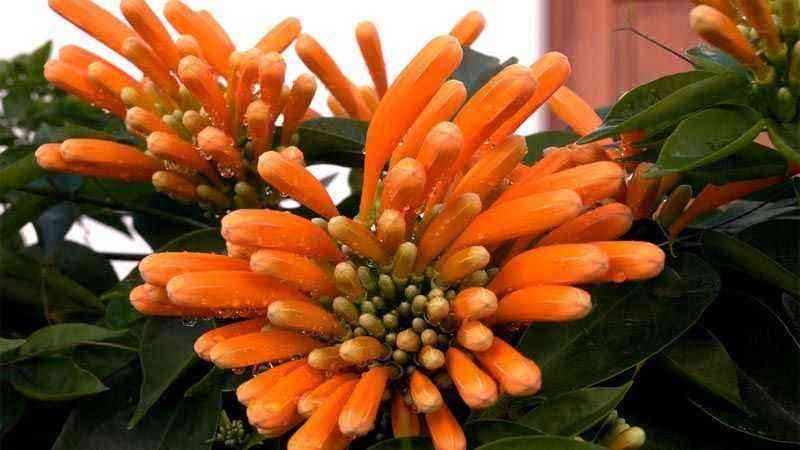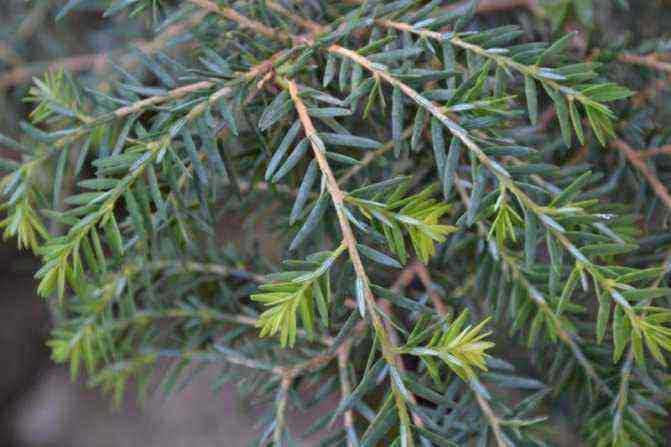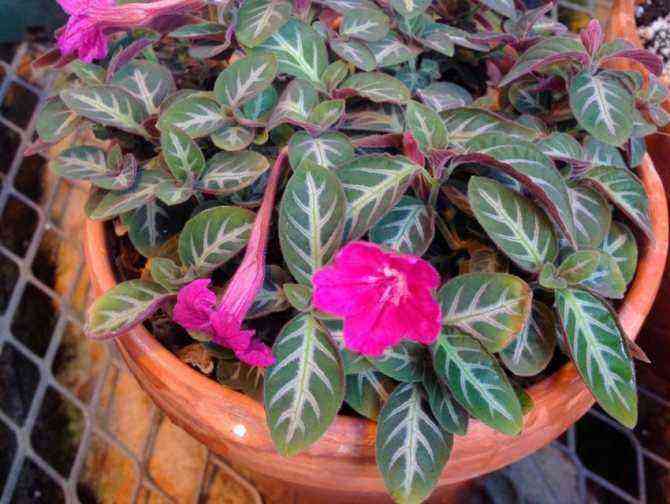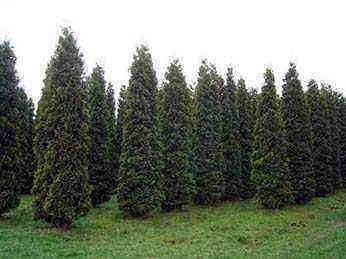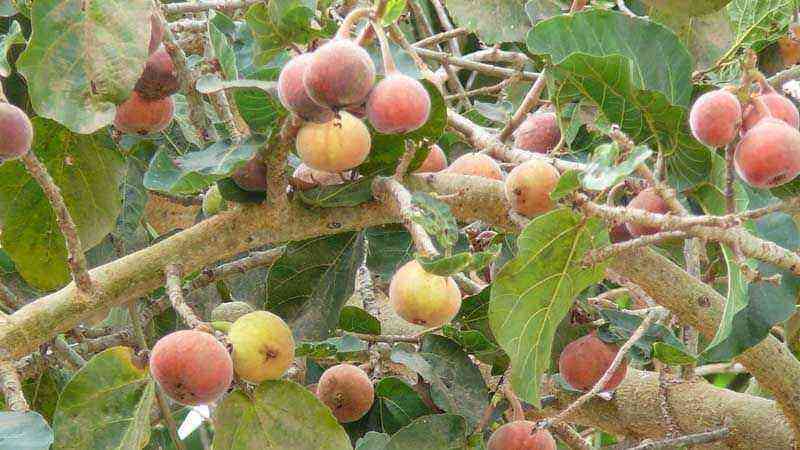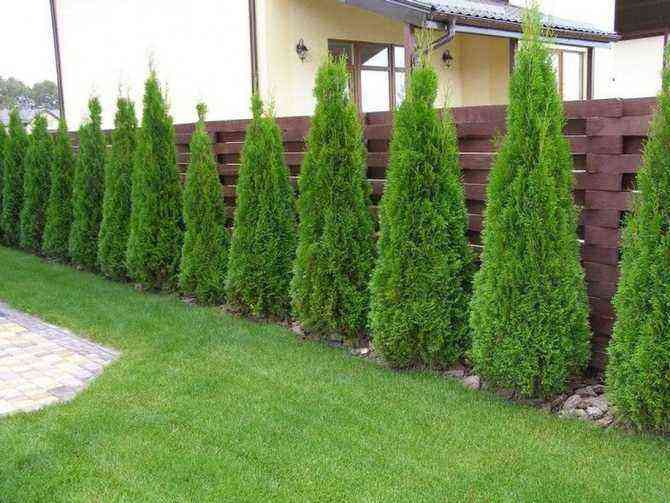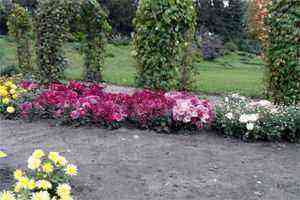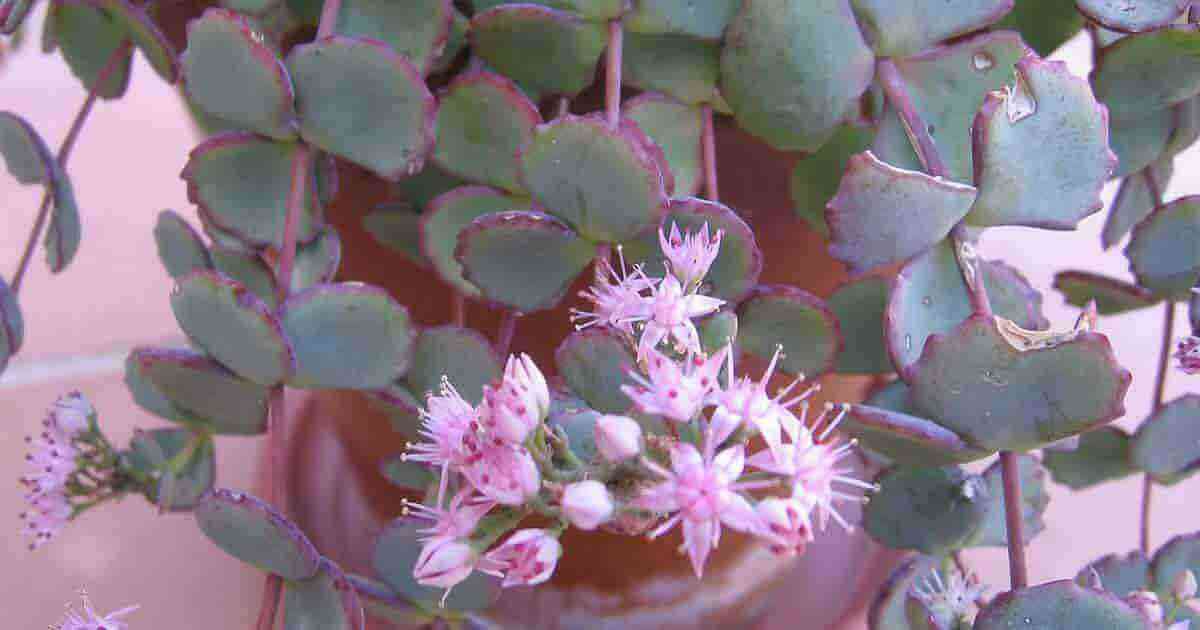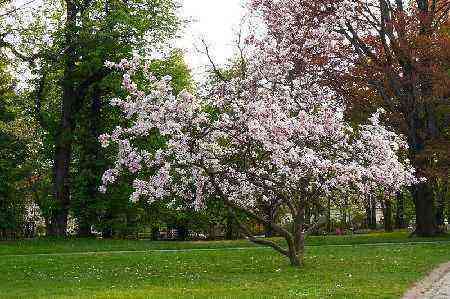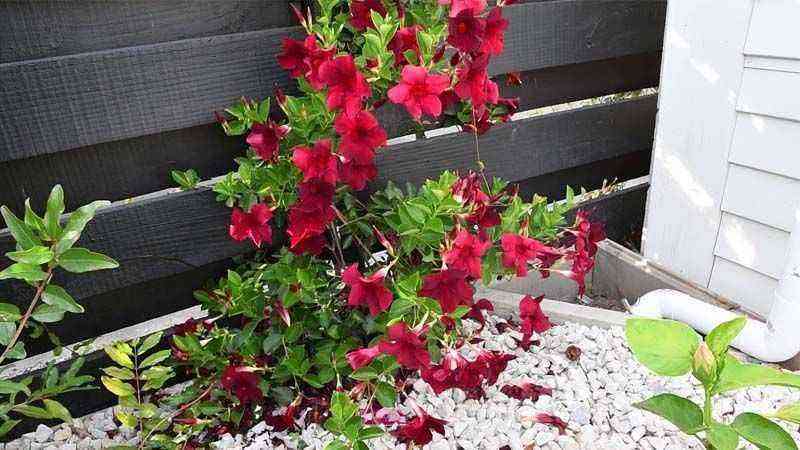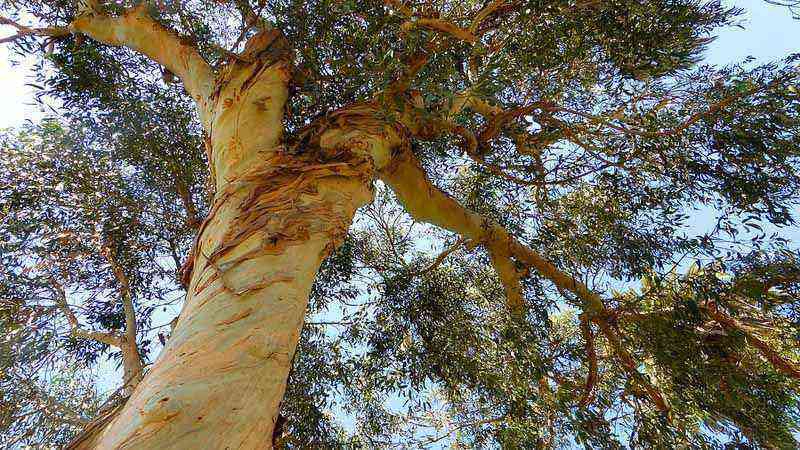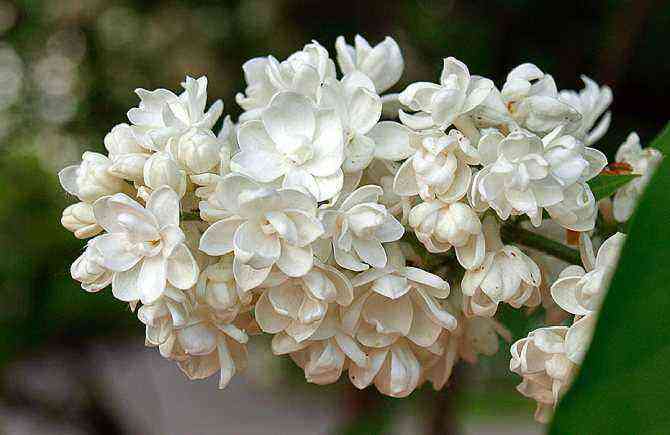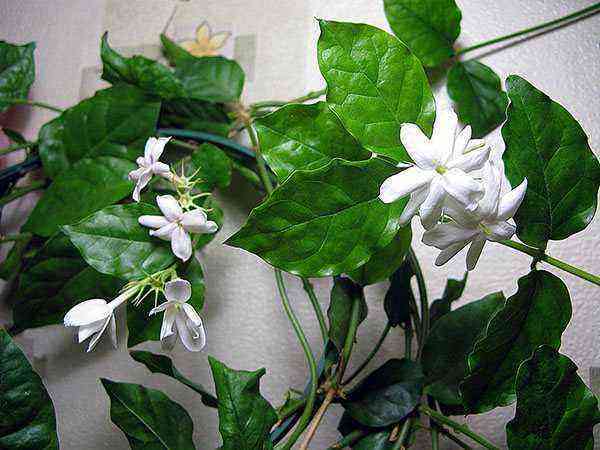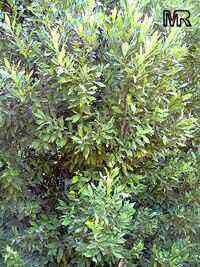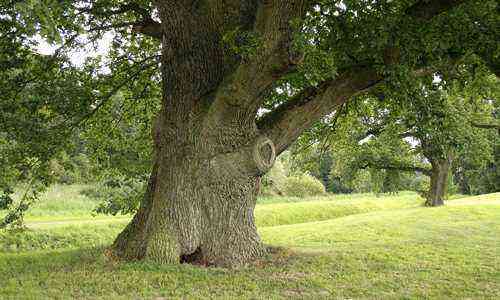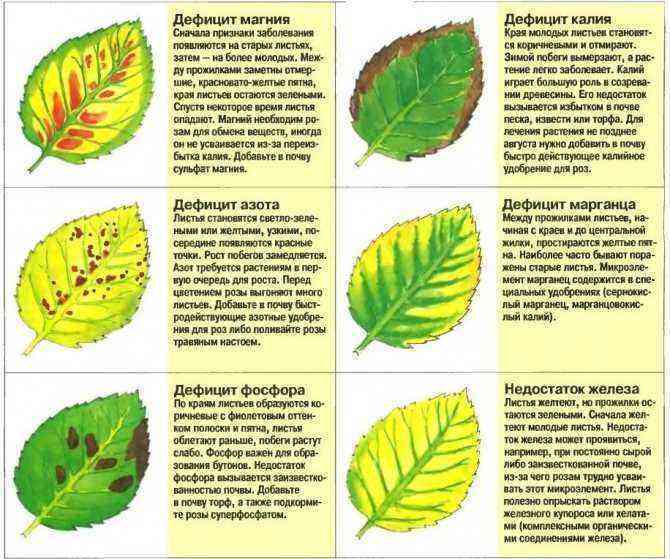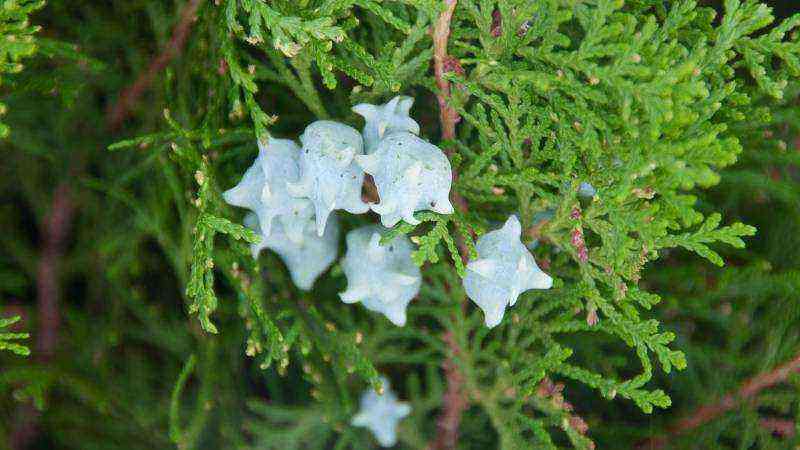Today we bring you a bush that, although now in summer, is not particularly noticeable, when autumn arrives, it will display some typical colors of the season, which will amaze anyone who takes a look at your garden.
El Winged bonnet. This deciduous shrub is highly prized for this reason even for bonsai.
Characteristics of the winged bonnet (Euonymus alatus)
We know that it is summer and it is not the specific time to talk about this shrub but I do wait until autumn.
In every garden, we like to have plants, trees and shrubs that provide different shades, sizes and shapes to make our little botanical corner the best possible combination.
The most spectacular in which we usually fixate, are species of abundant and amazing blooms that fill with color for a few months a year, which usually coincide with those with the best climate in which to enjoy the garden.
After the summer hangover, it seems that the garden is already beginning to prepare for the harsh winter, and that is where we have to know how to combine other species so that autumn is another season with which to marvel from the window of the house.
We are aware that autumn gives colors in very varied deciduous trees: brown, ocher, yellow, reddish green and even purple in some cases and depending on what lights we have at each moment of the day. An example of an explosion of color in the leaves is the case of bwinged oneterus.
It is a shrub that belongs to the family of celastracea. A family that is not so well known in our latitudes because most of the almost a thousand genera are tropical.
The winged bonnet belongs to one of these few genera (Euonymus) What are they temperate climate originally from Northeast Asia.
Its size varies from 1 to 3 meters in height, although the most common variety for the garden is Winged Bonnet var. compactus that forms a ball of approximately 1,5 m in diameter.
Its bark is very delicate to look at, completely smooth, of grayish tone with young branches Green color.
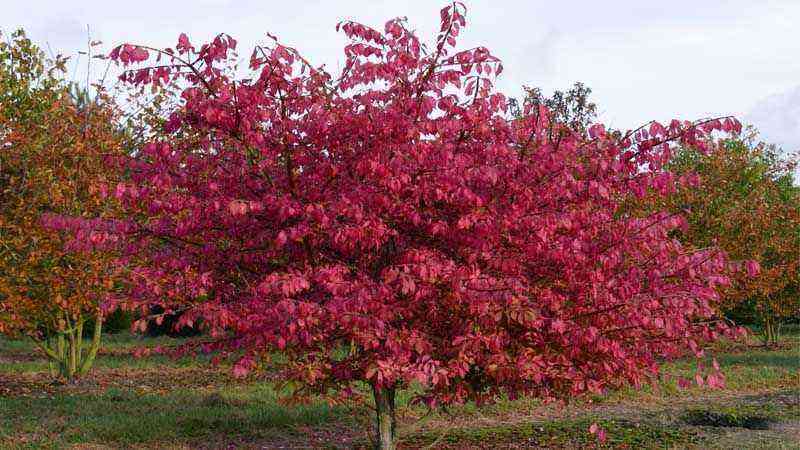

How to grow and care for winged bonnet (Euonymus alatus)
Climatic characteristics
It is a tree indisputably resistant to many adversities. Withstands winter frosts of up to -20 ºC.
Turn is very resistant to drought and wind.
It is not afraid of abundant sun exposure although it will also grow in semi-shady situations. It is slow growing so if you can give it more light than shade it is better.
The summer heats of the southern peninsula may be excessive for this species, which is of cooler summers, but everything is to try if you like it a lot.
How to water the winged bonnet
As we have already commented withstands the drought well.
You can plant tanto in garden as in pots for terraces. If it is in the garden, it does not require special irrigation care and in temperate climates with normal rainfall there will not even be to water it.
In pots you may need hoses from time to time.
The most common and recommended is drip irrigation. With an output of 4 L / h it will be enough.
- Irrigation in spring and summer: 3 to 4 irrigations per week of 30 minutes
- Irrigation in autumn and winter: 1 to 2 irrigations per week of 20-30 minutes
Soil and fertilizer Euonymus alatus
It is also not picky about the soil. Good drainage It is the only thing we will take into account. Supports acidic, neutral and alkaline soils to some extent.
Its pH range is quite loose so that we do not worry. In limestone soils it develops well but may suffer some iron chlorosis that will have to be solved with iron chelates.
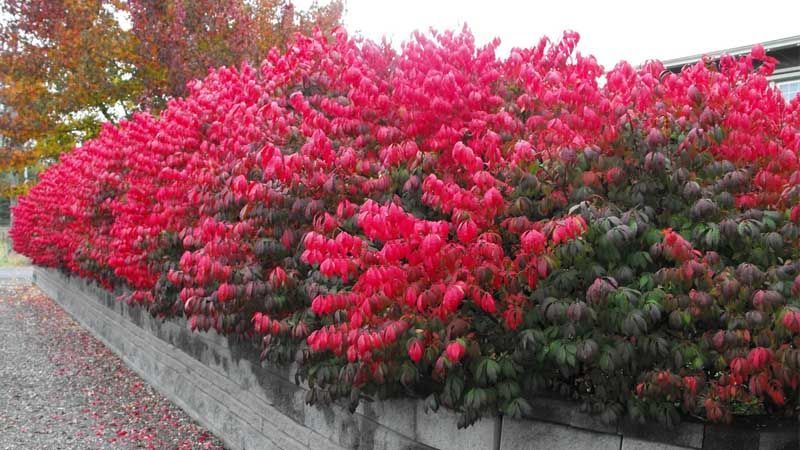

Can the winged bonnet be pruned?
It’s not advisable. It is such a showy shrub in itself that pruning is not necessary, even being harmful because they grow deformed.
Pruning will be a resource in case of extreme need such as a wind blow that twists or knocks it down.
So if you do not know which shrub to put for the fall, this is an option that you cannot ignore.
